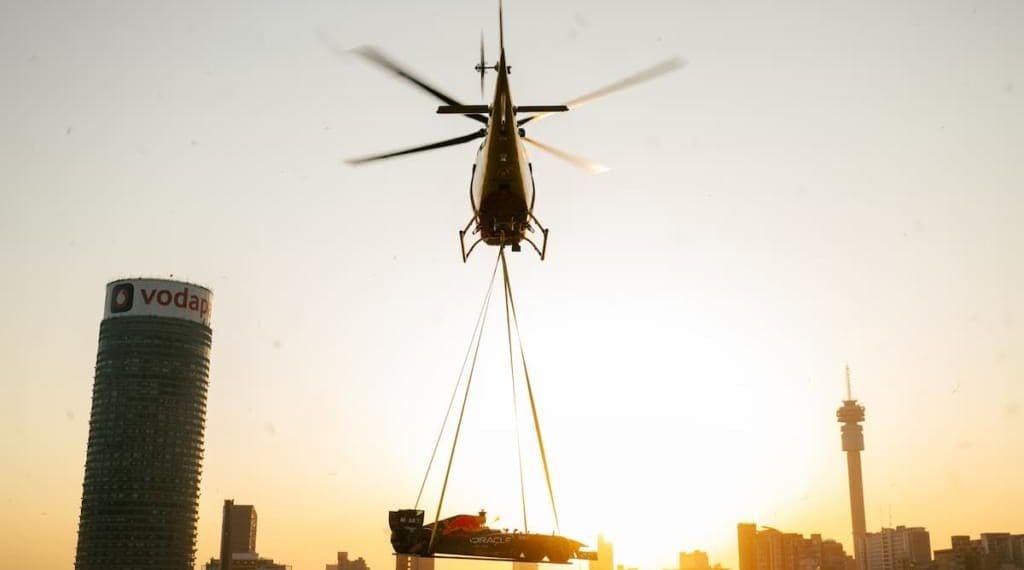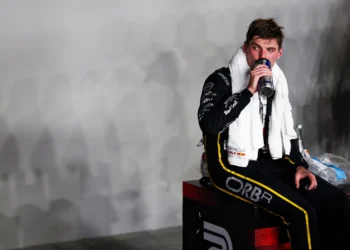As Formula 1’s global footprint continues to grow, the glaring absence of Africa—a continent rich with motorsport heritage—from the calendar remains a contentious issue. Since the last South African Grand Prix at Kyalami in 1993, Africa has been left out, but mounting interest from nations like Rwanda could change that. Legendary driver Juan Pablo Montoya believes it’s high time for F1 to make a triumphant return to Africa.
Montoya: “Africa Deserves a Grand Prix”
The Colombian racing icon voiced his support for Africa’s inclusion, likening it to the early days of F1’s expansion into the Middle East.
“I think it would be great for F1 to have a race in Africa,” Montoya said. “In the past, people questioned races in places like Bahrain or Abu Dhabi, but now they are some of the most iconic events on the calendar. Africa deserves the same chance.”
Rwanda’s bold bid for a Grand Prix adds another layer to the conversation, showcasing a continent eager to make its mark on the modern F1 calendar. South Africa’s Kyalami circuit remains a strong contender, but Rwanda’s push signifies growing competition to bring top-tier motorsport back to African soil.
Can F1 Expand Beyond Its Packed Schedule?
Despite the record-breaking 24-race calendar of 2024, Montoya believes there’s room for more action. Drawing a parallel with NASCAR’s 36-round season, he argued that F1 could stretch its limits without compromising quality.
“I think they could do a little more. NASCAR runs 36 races. F1 could easily handle an expanded calendar, especially with more sprint races,” Montoya explained. “Sprint races are awesome—there aren’t enough of them!”
Montoya also suggested that F1 embrace inverted grids, a feature seen in Formula 2 and Formula 3, to enhance the spectacle.
“Everybody loves inverted grids. If it works for F2 and F3, why not F1? Traditionalists might resist, but they also doubted night races and sprints—both of which are now fan favorites.”
A Sprint Race Revolution?
Montoya didn’t hold back in proposing changes to F1’s sprint format. He highlighted the cautious approach teams take during sprints due to budget constraints under the cost cap.
“They should allow teams an additional crash budget specifically for sprint races. Right now, teams play it too safe because they can’t afford costly repairs.”
By removing these restrictions, Montoya believes sprint races could become even more dynamic, reducing the “risk-averse” approach and encouraging drivers to push harder.
Looking Back: Montoya’s Perspective on Race Volume
Montoya dismissed current drivers’ complaints about the grueling F1 schedule, drawing comparisons to his era, which involved extensive in-season testing.
“In my time, we had fewer races but spent weeks testing. Race on Sunday, test on Tuesday, Wednesday, and Thursday—it was relentless. I’d rather be racing than doing endless laps alone.”
Africa’s Time Is Now
With Rwanda and South Africa vying for a spot on the calendar, the return of an African Grand Prix feels inevitable. The growing interest aligns with F1’s ambition to make the sport more accessible and inclusive. For fans and drivers alike, a return to Africa would fill a significant void in the sport’s global reach.
Montoya’s call for innovation—be it through expanding the calendar, rethinking sprints, or introducing new race formats—reflects the forward-thinking approach that has defined F1’s recent success. But at its heart, his advocacy for Africa underscores a universal truth: motorsport belongs everywhere.
What’s Next for F1 in Africa?
Will it be a rejuvenated Kyalami circuit or a bold new track in Rwanda? As talks continue, Montoya’s vision of a dynamic and inclusive F1 future feels closer than ever. Africa isn’t just waiting for a Grand Prix—it’s ready to make history.













